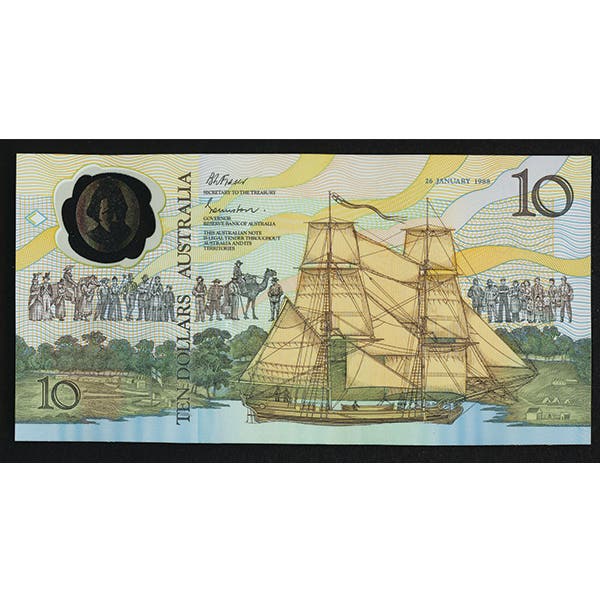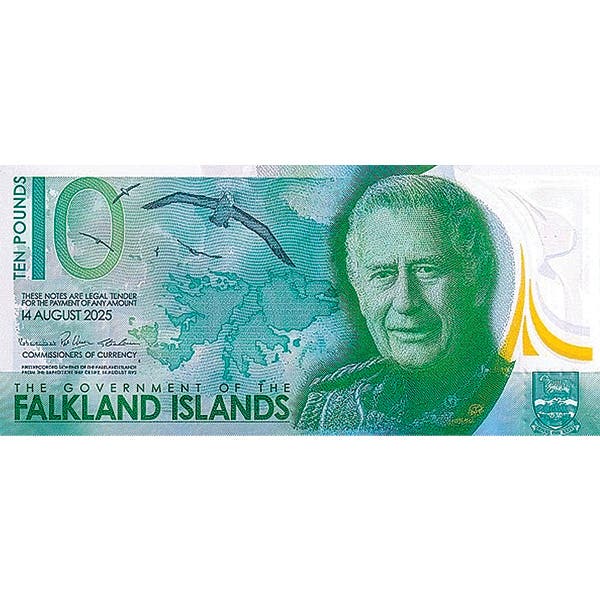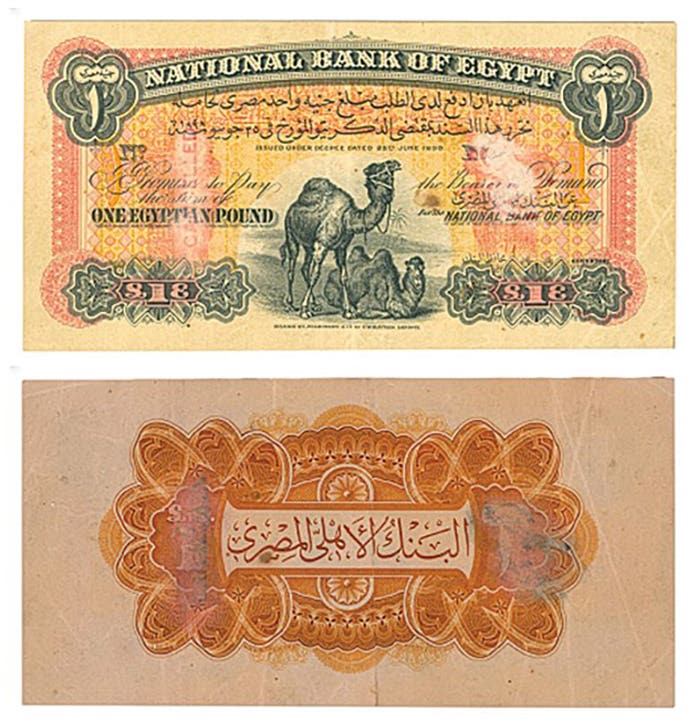Upswing in Federal Reserve $10s, $20s
By Bill Brandimore By the time you read this, the Florida United Numismatists show will be history, and I’ll be sorting out the results. I received an email from North…
By Bill Brandimore
By the time you read this, the Florida United Numismatists show will be history, and I’ll be sorting out the results. I received an email from North Dakota dealer Scott Lindquist, who is anticipating offering some really interesting small-size notes in the near future. He sees the current market as both a buyer’s and seller’s market. We’ll know more after the FUN show.
My next target will be the PCDA show in Rosemont, Ill., which I’ll be attending. It will be at the Hilton Rosemont/Chicago O’Hare, 5550 North River Rd. on March 1-3. This show attracts lots of dealers from around the country and is always a treat.
I was pleased to find that I can take the Amtrak from near my house to Chicago for about $30, one way. That works great for me as convenient and affordable.
Some interesting sales from the December Lyn Knight auction included a rare Jeffries/Spinner Lazy Two on the First National Bank of Hillsborough, charter 1688, a New Hampshire note that is likely one of seven known examples. Graded at Very Fine, it brought $30,500. A $1 1928 D Silver Certificate in PCGS 67 PPQ Brought only $850. That seems to be a superb bargain.
If you’re looking at the 1928 Silver Certificates, now would be a good time to dive in, as C and D stars are selling well below prices of just a few years ago. The E* remains pricey in Gem but is more affordable in Extremely Fine and About Uncirculated grades than a few years ago.
Now would also be a good time to look at 1928 issues of Legal Tender $2s, especially the stars. Some certainly have to be hunted in less than Gem condition, but circulated examples of scarce stars in this category are also soft compared to a few years ago.
I am a real fan of Federal Reserve notes in the $5, $10 and $20 denominations. The $10s and $20s seem to be warming up. The more difficult districts, such as Atlanta, Minneapolis, Kansas City, Dallas and San Francisco, can be very frustrating. I have been collecting Minneapolis $5s for more than 10 years and still need two mules and five stars. Some of the notes have not been seen by seasoned dealers. I purchased a $5 Minneapolis 1924B star at Central States last year, and it was the first one offered by that auction house. The good news is I don’t have to spend money too often, as that was the first Minneapolis note I had purchased in two years.
I’ve always been a big fan of U.S. Fractional notes and offer a bit of advice in that area. Don’t go crazy on common 67 scored notes by PMG or NGC. Fractional collectors as a group aren’t too fond of third-party grading. As some of the older collections are offered, I believe a lot of common 67 notes will come out of the woodwork. So if you pay top dollar you might see values shrink as time goes on.
World currency continues to flourish. If you use a Charlton catalog, remember that their prices are in Canadian funds. With that thought, I will close.
Contact me by email at billbrandimore@charter.net.
This article was originally printed in Bank Note Reporter. >> Subscribe today.
More Collecting Resources
• The Standard Catalog of United States Paper Money is the only annual guide that provides complete coverage of U.S. currency with today’s market prices.
• With nearly 24,000 listings and over 14,000 illustrations, the Standard Catalog of World Paper Money, Modern Issues is your go-to guide for modern bank notes.









